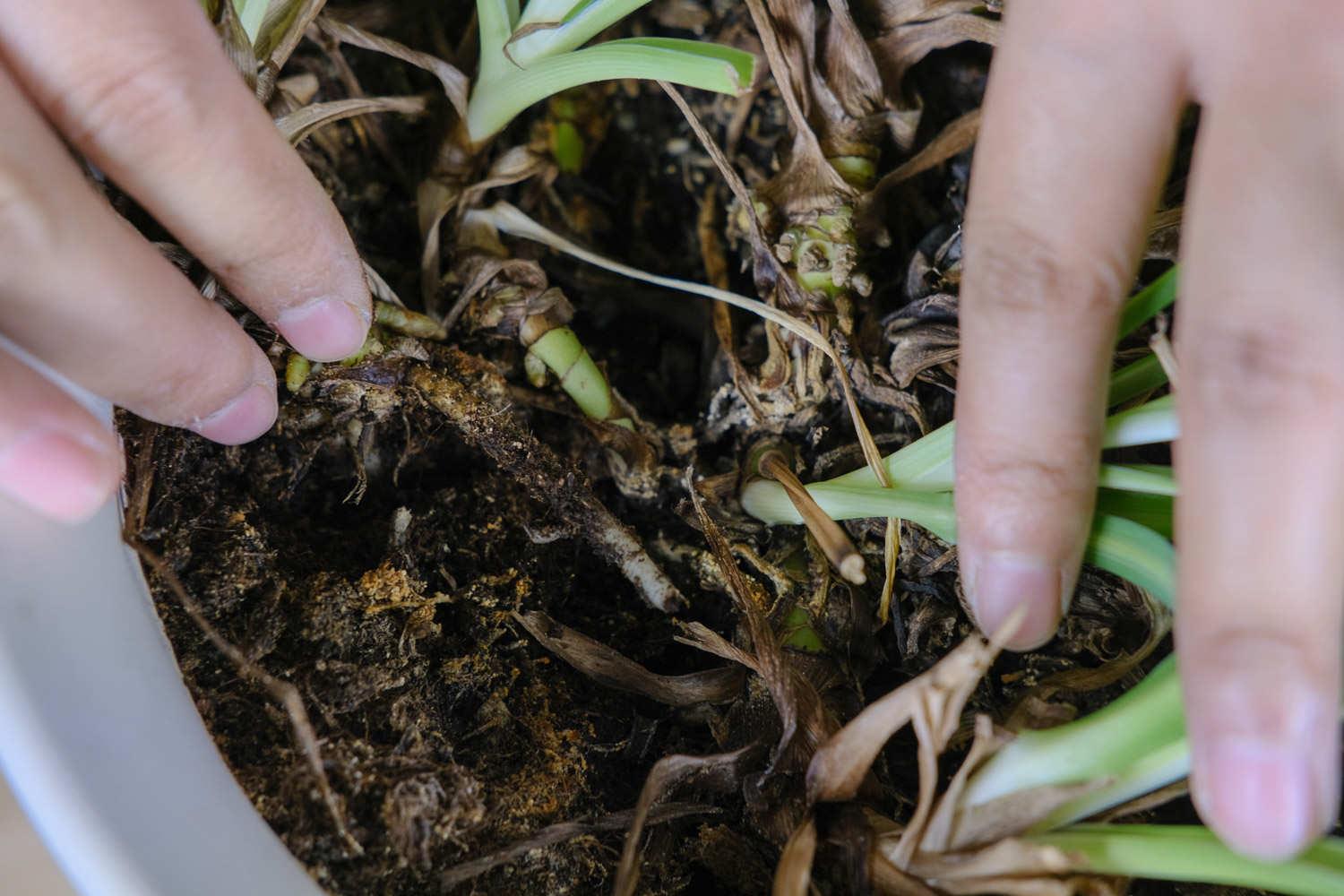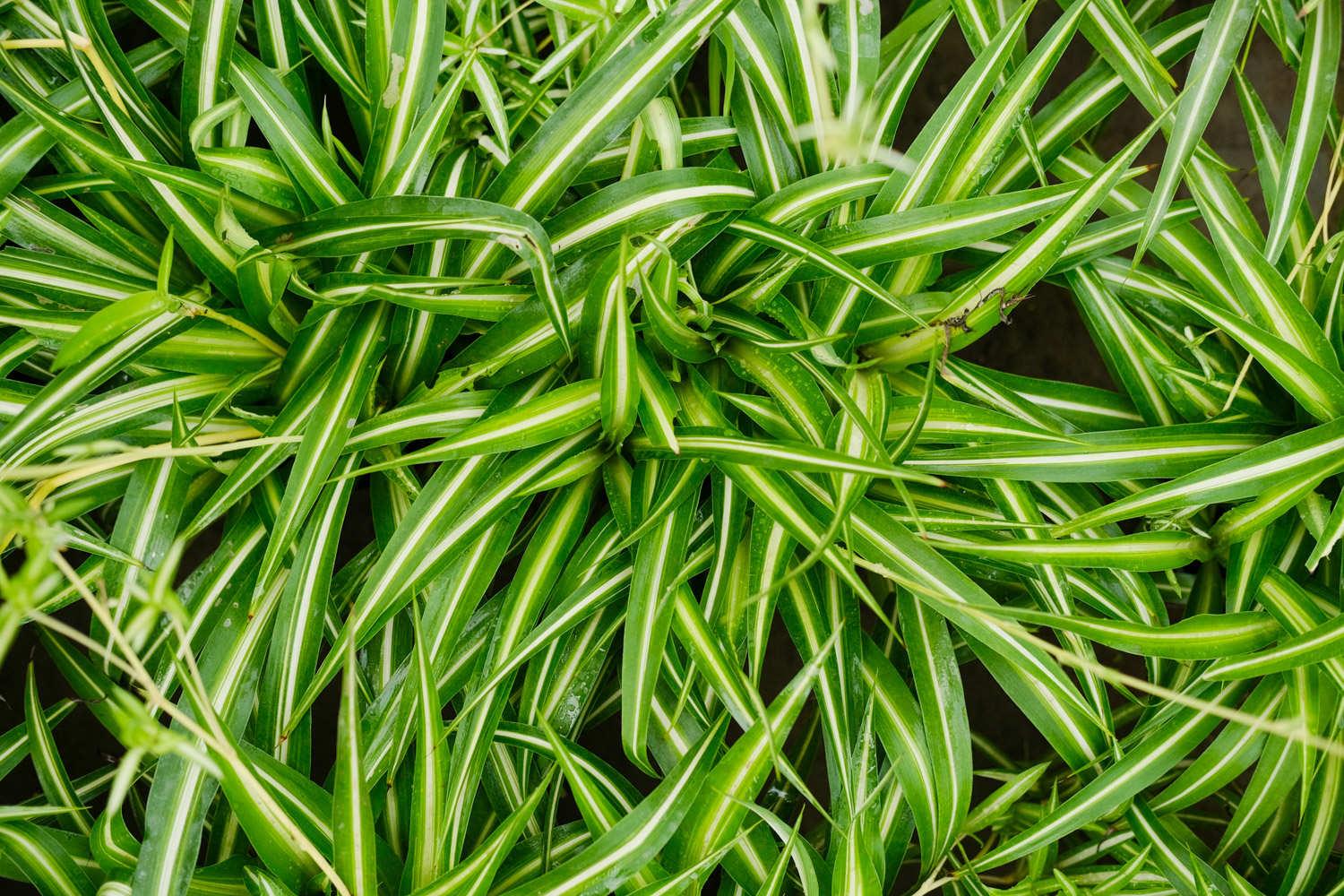How to transplant spider plants and how to maintain them after changing the soil
Last Update :2024.11.20
Article Catalog
1. How to transplant spider plants
2. How to care for spider plants after changing the soil
Chlorophytum transplantation is best done in spring. When transplanting simply, take the spider plant out of the pot, remove the outermost layer of soil, and retain the soil attached to the root system. Place the spider plant with protective soil in a new pot, fill the gap between the pot and the soil with soil, compact it lightly and then water it thoroughly. If transplanting by division, divide the spider plant into 3-4 clusters, shake off the soil attached to the roots, plant it into a new pot of soil and water it thoroughly.

1. How to transplant spider plants
1. How to transplant Chlorophytum
1. Simple transplantation: Transplantation of Chlorophytum is best done in spring. When transplanting, take the Chlorophytum out of the pot, peel off the outermost layer of soil, and keep the attached soil. The soil above the root system is the protective soil. Prepare a flower pot that is larger than the original soil lump. Place the spider plant in the new pot with protective soil. Fill the gap between the flower pot and the soil lump with soil, compact it lightly and then water it thoroughly.

2. Branch transplantation: If you want to take the opportunity to transplant To divide the plants, take the spider plants out of the pot, peel off the outermost soil, separate the spider plants into clusters, gently shake off the soil on the roots, and keep 3-4 plants in each cluster. Prepare several flower pots and plant each cluster of spider plants into new pot soil. There is no need to trim or dry the roots when planting. Just plant them directly and water them thoroughly.

2. How to care for Chlorophytum after soil replacement
After changing the potting soil and planting the Chlorophytum, water it thoroughly. This is called root watering, and then place it in a well-lit and ventilated place to slow down the pot. Do not expose it to direct sunlight. After that, when you have nothing to do, you can weigh the weight of the potting soil and feel that it has changed significantly. Water lightly until the spider plant begins to grow, and then allow the plant to get proper exposure to the sun. Full sun in winter, placed one meter away from the window in spring and autumn, and shaded to prevent exposure in summer. In an environment where the temperature is higher than 15°C, fertilize the plants frequently, with balanced nitrogen, phosphorus and potassium fertilizer and water once every half month, and apply thin fertilizer frequently to promote the growth of spider plants.

2. How to care for spider plants after changing the soil
- END -
How to grow Tillandsia

Change the pot when the temperature is above 5℃ in spring, combine the divisions,...
Are gardenias suitable to be placed in the living room?

Whether gardenias are suitable to be placed in the living room depends on the spec...